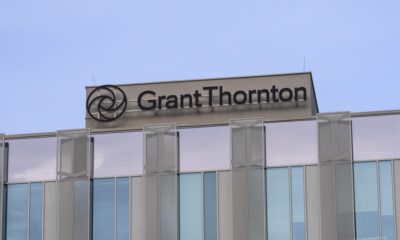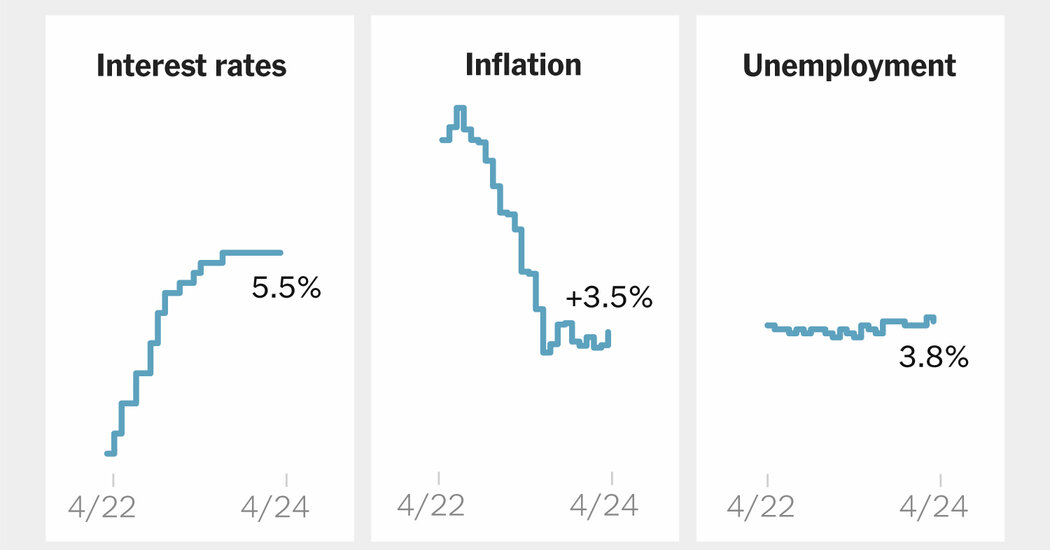Economics
3 Facts That Help Explain a Confusing Economic Moment
-

 Economics1 week ago
Economics1 week agoThe low-end consumer is about to feel the pinch as Trump restarts student loan collections
-

 Blog Post1 week ago
Blog Post1 week agoBest Practices to Auditing Your Bookkeeping Records
-

 Economics1 week ago
Economics1 week agoConsumer sentiment falls in May as Americans’ inflation expectations jump after tariffs
-

 Economics1 week ago
Economics1 week agoThe MAGA revolution threatens America’s most innovative place
-

 Accounting1 week ago
Accounting1 week agoGrant Thornton US to add GT Netherlands to platform
-

 Economics4 days ago
Economics4 days agoWhat happens if the Inflation Reduction Act goes away?
-

 Personal Finance3 days ago
Personal Finance3 days agoWhat House Republican ‘big beautiful’ budget bill means for your money
-

 Economics1 week ago
Economics1 week agoThree paths the Supreme Court could take on birthright citizenship











